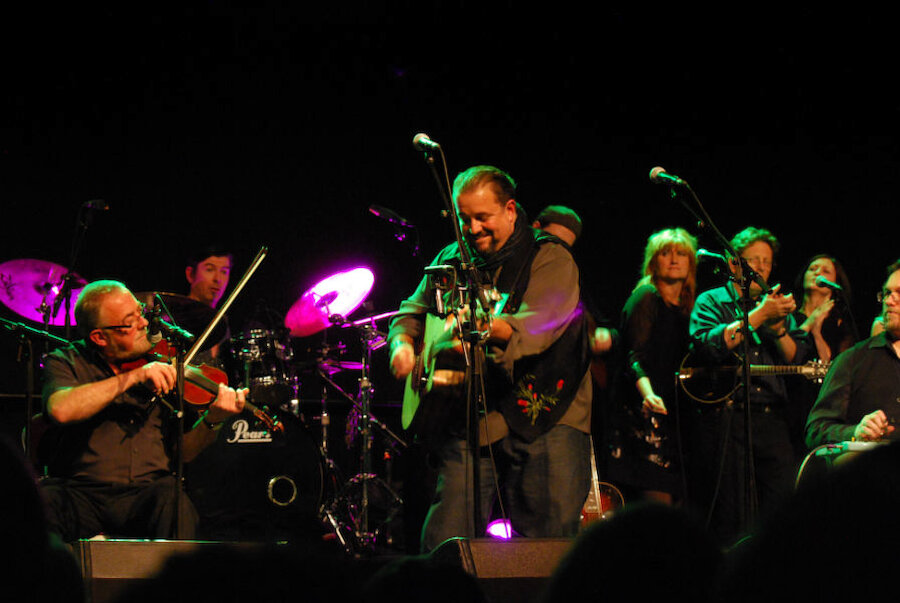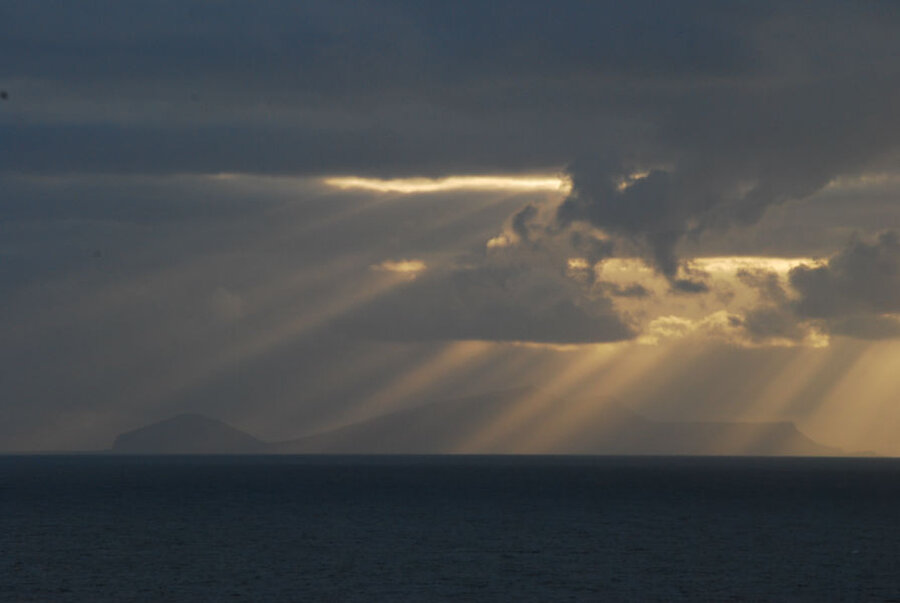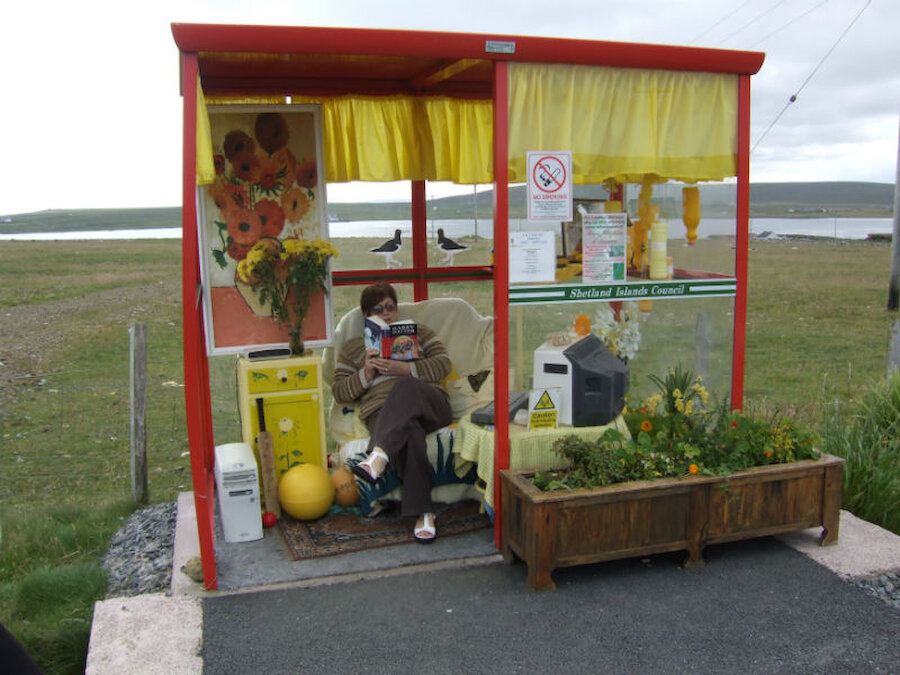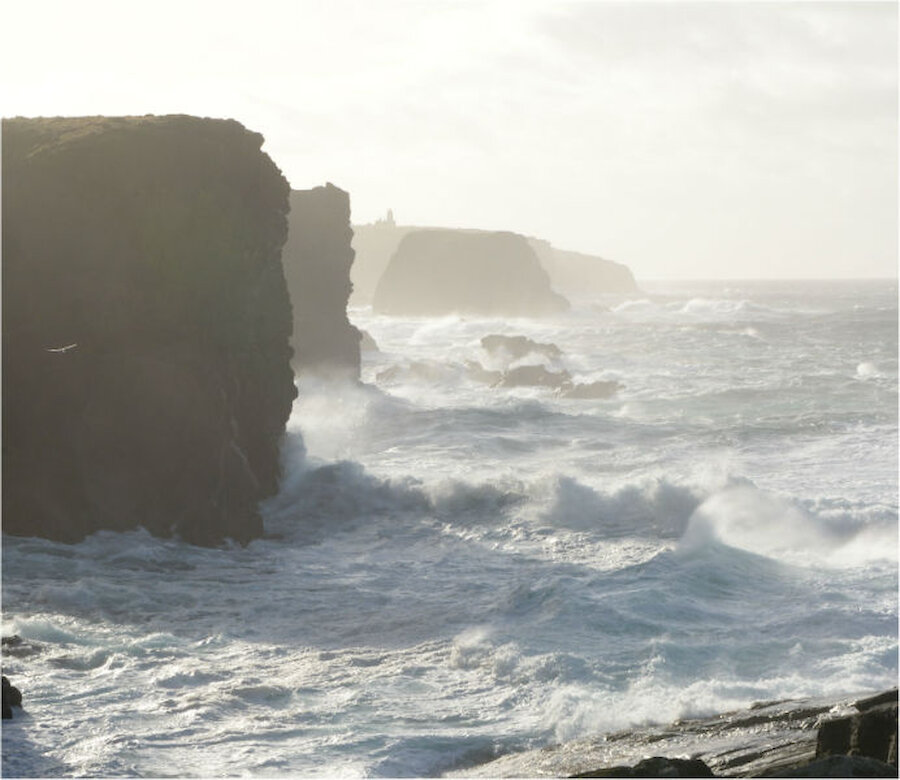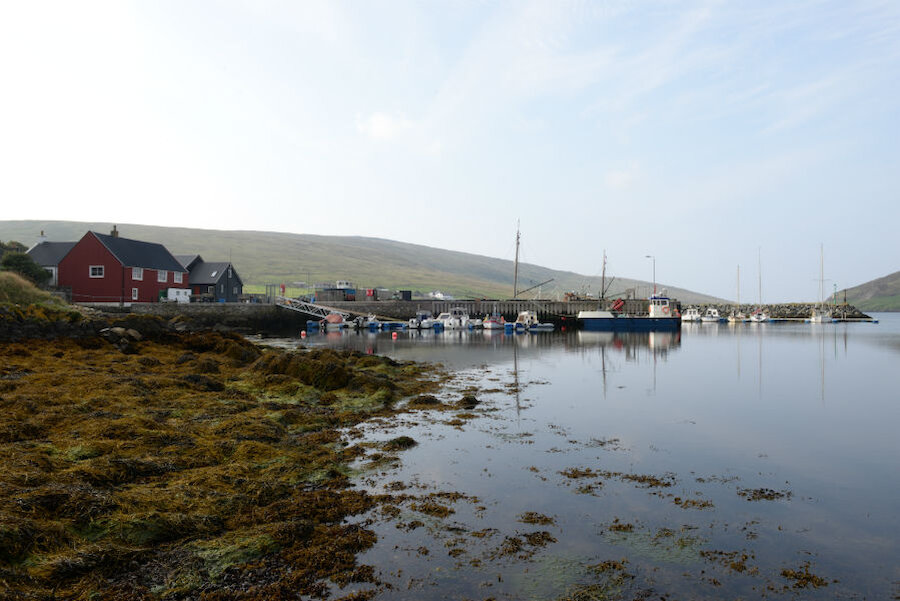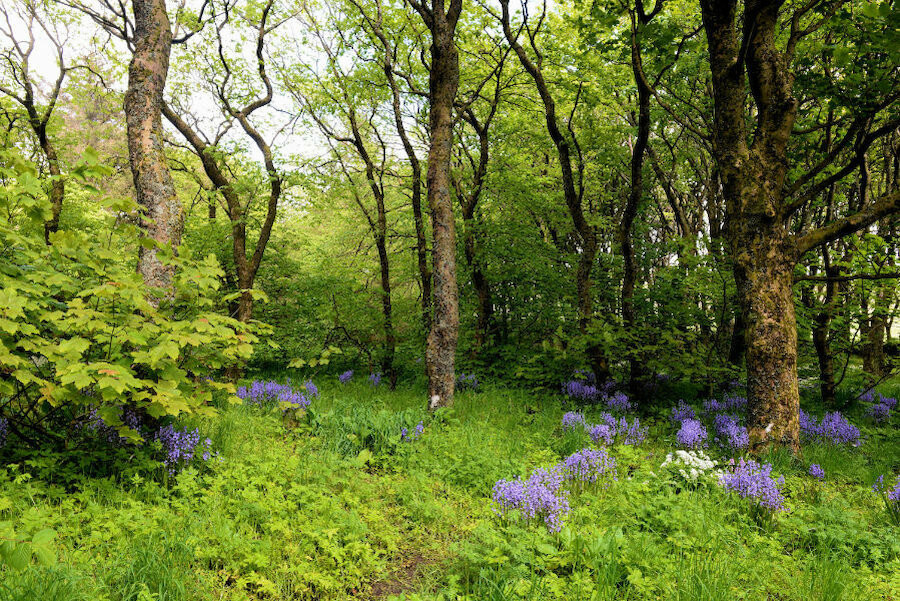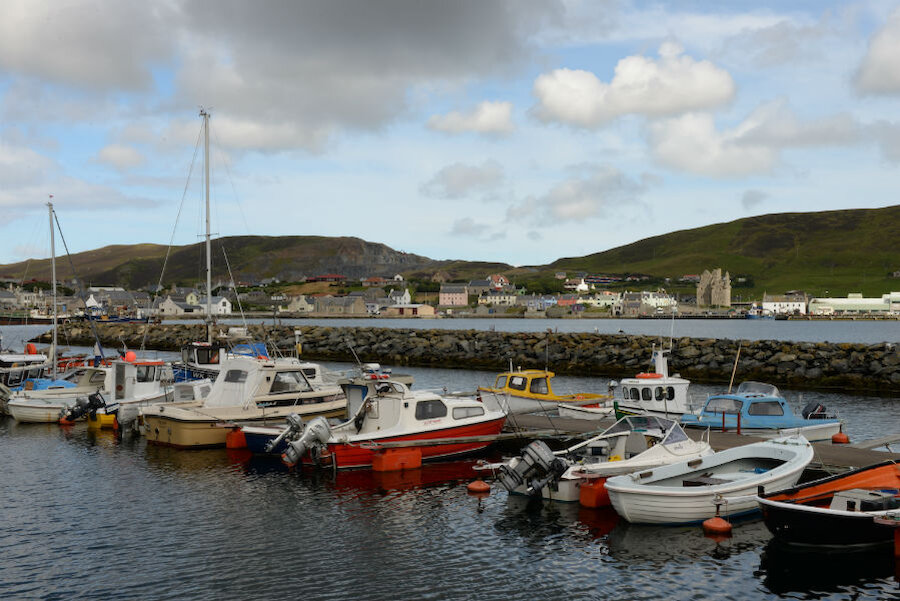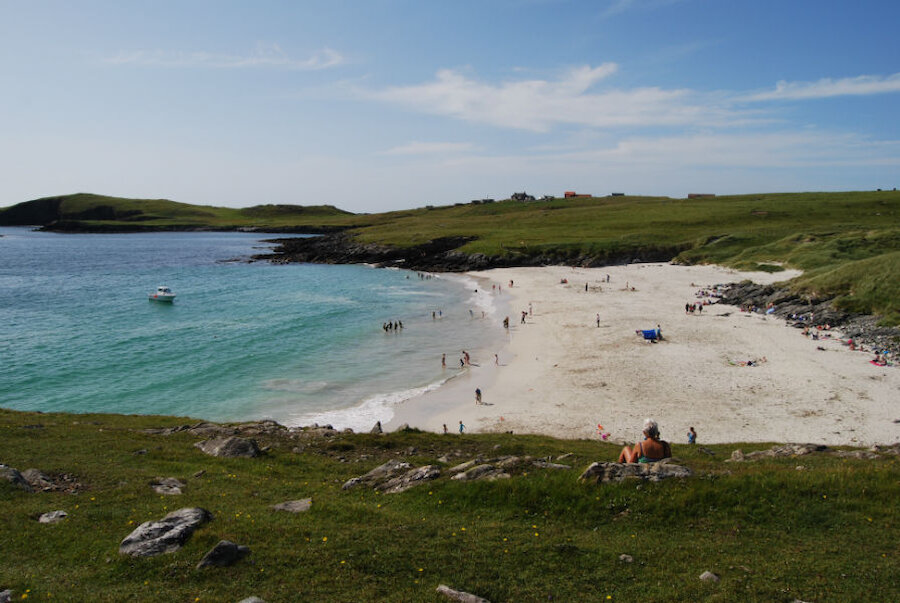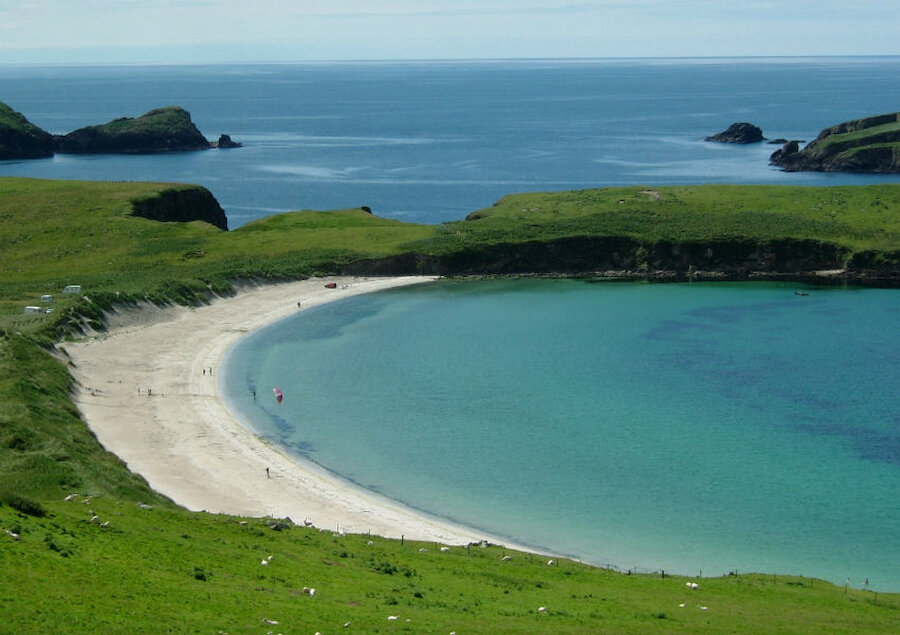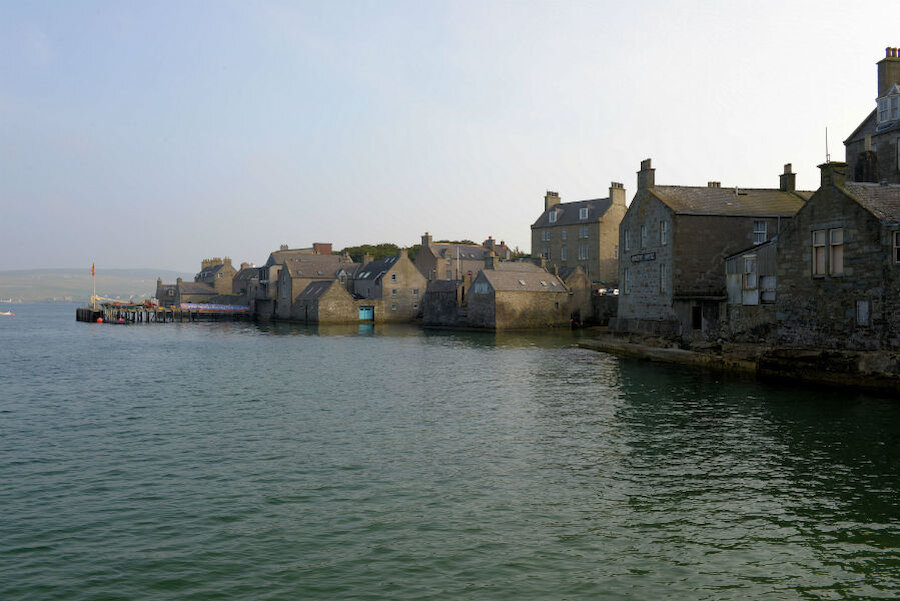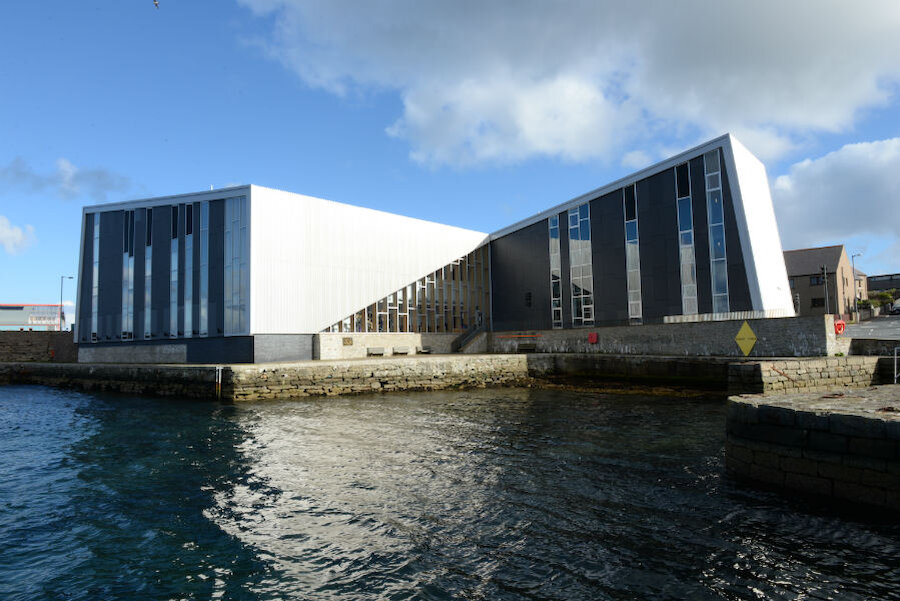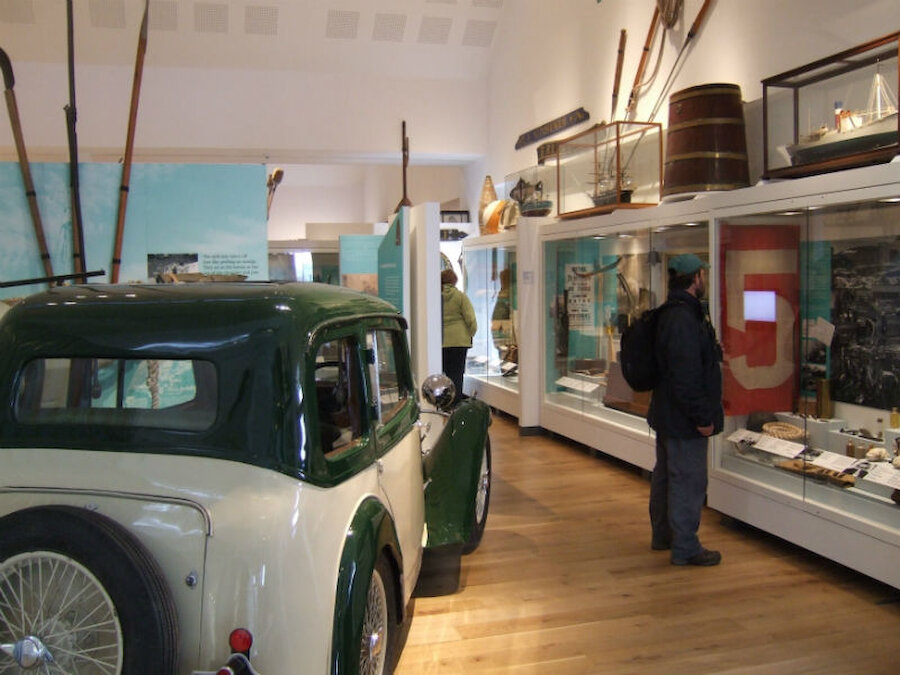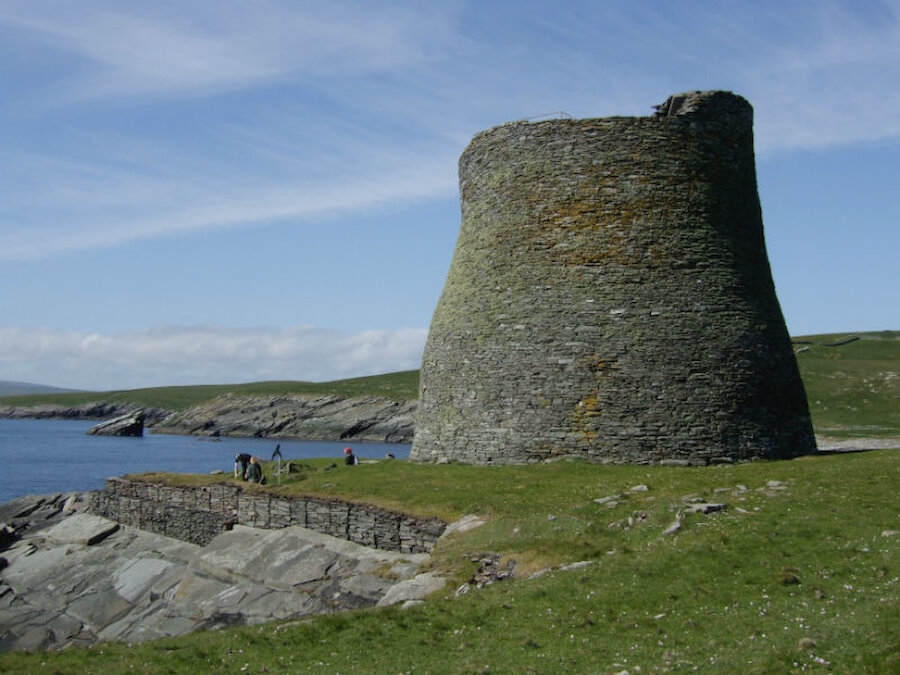Over the past couple of years, we’ve highlighted a different part of Shetland each month, exploring what it has to offer if you’re thinking of a move. Many people have settled in Shetland and the community is keen to welcome more. So, which part of Shetland might suit you?
Clearly, it depends on your priorities, your circumstances and the kind of lifestyle you want. Maybe you want a complete change from the daily drag of packed commuter trains or tedious traffic queues: we might commute, but not like that! Perhaps you want to move somewhere that gives your kids a good education – with a markedly global outlook – and the kind of freedom and security that Shetland can offer.


